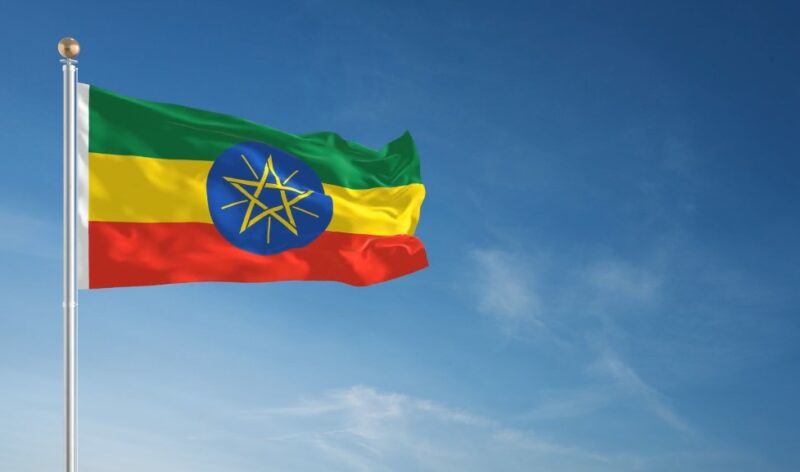Ethiopia is a country full of rich history and unique traditions. From its distinctive calendar to its ancient archaeological finds, Ethiopia offers numerous fascinating aspects that set it apart from other nations.
With its deep cultural roots and significant contributions to human history, Ethiopia stands as an amazing country worth exploring.
1) Lucy – Oldest Hominid Fossil

Lucy is one of the most famous fossil discoveries ever made. She was found by Donald Johanson and Tom Gray on November 24, 1974, in Ethiopia. This remarkable find took place at the Hadar site in the Awash Valley.
Lucy is a collection of several hundred fossilized bones. These bones make up about 40 percent of a female Australopithecus afarensis skeleton. Her discovery provided crucial insights into early human evolution.
Named after the Beatles’ song “Lucy in the Sky with Diamonds,” Lucy’s skeleton revealed a lot about our ancestors. Despite her age, she was only about 3.5 feet tall. Her brain size was comparable to that of a modern chimpanzee.
In Ethiopia, Lucy is known as “Dinknesh,” which means “you are marvelous” in Amharic. Ethiopians are proud of her as a part of their national heritage. Her remains are often displayed as an important cultural and scientific artifact.
Lucy’s discovery was groundbreaking for science. It showed that walking upright, or bipedalism, occurred well before a larger brain size.
Lucy’s age is estimated to be around 3.2 million years old, making her one of the oldest and most complete hominid fossils ever found.
2) Ge’ez Script
Ethiopia uses a unique writing system called Ge’ez script, also known as Ethiopic or Fidel. This ancient script has been in use for centuries and originated from the Ge’ez language, which is now used mainly in religious texts.
Ge’ez script is an abugida, meaning each character represents a consonant-vowel combination. This sets it apart from most writing systems that use separate symbols for each consonant and vowel.
The script is written from left to right. It includes 33 base characters, each with variations to indicate different vowel sounds. These adaptations make the script versatile for many languages in Ethiopia and Eritrea.
Ge’ez script has influenced other scripts in the region and remains a symbol of Ethiopian cultural identity. It’s one of the oldest alphabets still in use today and has adapted through time while retaining its distinct structure.
You can see the impact of this script in the Amharic language, which is Ethiopia’s official language. Amharic uses the same Ge’ez script, showcasing its importance beyond just historical texts.
This ancient script, with its rich history and ongoing relevance, makes Ethiopia’s writing system truly unique and fascinating.
3) Never Colonized Ethiopia
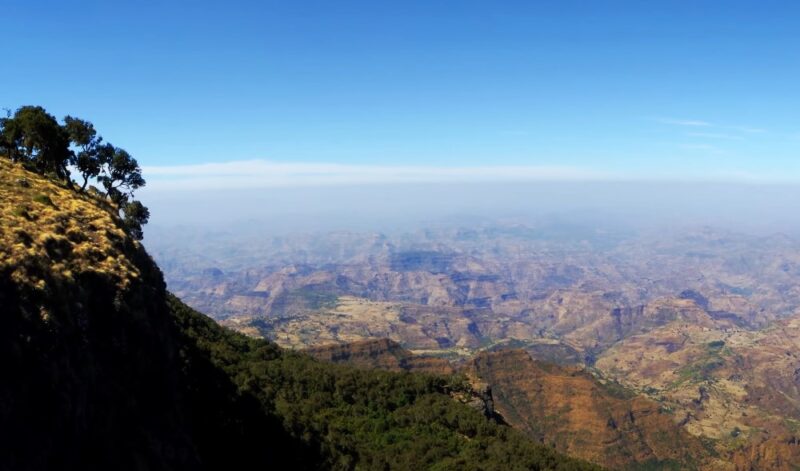
Ethiopia stands out in African history as one of the few countries never colonized by Europeans. This is a significant point of pride for Ethiopians. While many African nations fell under European rule, Ethiopia maintained its independence.
In the late 19th century, European powers scrambled for territory in Africa. During this time, Ethiopia defended itself against Italian invasion in the Battle of Adwa in 1896. This victory was crucial in preserving Ethiopia’s sovereignty.
Despite another Italian attempt at occupation in 1935, Ethiopia resisted and eventually regained full control. Their resilience remains a symbol of African independence and resistance.
Another interesting fact is that Ethiopia worked with other nations to fight colonial rule globally. Their efforts were vital in the broader movements for freedom across Africa and beyond.
Ethiopia’s unique status continues to influence its national identity and pride today.
4) Aksum the Ancient Civilization
Aksum was an ancient kingdom situated in what is now northern Ethiopia and Eritrea.
Emerging around the 1st century C.E., Aksum was a major trade hub. It connected the Roman Empire with India and the Middle East, making it one of the wealthiest ancient civilizations.
Aksum’s capital city, also named Aksum, had a population of up to 20,000 people at its peak. The city was known for its impressive stone obelisks, also called stelae.
These tall carved stones showcased the kingdom’s architectural prowess and were often used as grave markers.
Aksum had control over vast territories including modern-day Ethiopia, Eritrea, parts of Sudan, and even areas across the Red Sea in Yemen. This wide reach contributed greatly to its wealth and cultural exchange.
The kingdom was advanced in many areas, including coin minting. Aksum was the first African civilizations to issue its own currency.
Christianity made its way to Aksum around the 4th century C.E. The conversion was significant, as it made Aksum one of the earliest Christian states in the world. The ancient kingdom’s influence is still felt in Ethiopian culture and religion today.
Aksum’s legacy lives on through these contributions to trade, architecture, currency, and religion. Its ancient history continues to be a source of pride and fascination.
5) Rastafari Ethiopian Roots
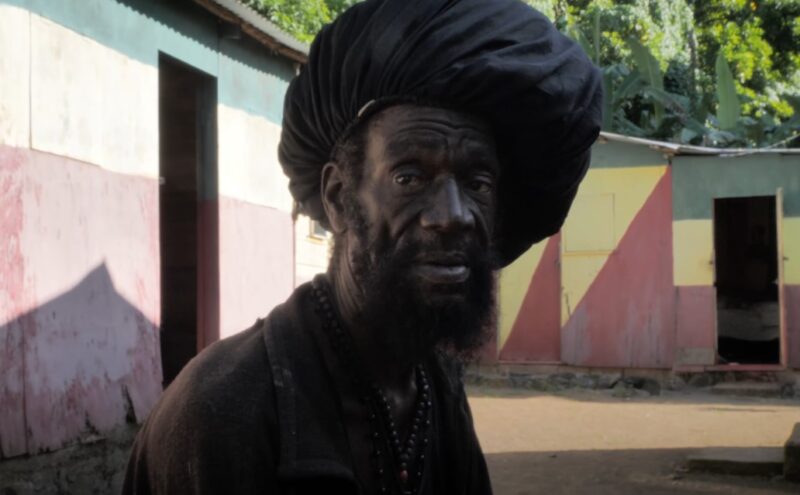
Rastafari is closely linked to Ethiopia. The movement began in Jamaica during the 1930s, focusing on African heritage and identity. Ethiopian Emperor Haile Selassie I plays a vital role in Rastafari beliefs.
Rastas consider Haile Selassie as a messianic figure. His coronation in 1930 inspired many to see Africa, especially Ethiopia, as a place of spiritual significance.
The Ethiopian flag, with its green, gold, and red colors, is a symbol in Rastafari culture. The flag often features the Lion of Judah, representing Haile Selassie’s lineage.
Rastafarians believe in repatriation to Africa. Ethiopia is often seen as the promised land, emphasizing a return to roots and heritage.
Bob Marley, a well-known reggae musician and Rastafari advocate, helped popularize this connection. He spread awareness of Ethiopia’s significance in Rastafari culture through his music.
Ethiopian influences are also seen in Rastafari celebrations, rituals, and attire. The connection between Ethiopia and Rastafari remains strong and continues to shape the movement.
6) Coffee Origin
Coffee has a deep-rooted history in Ethiopia. It is believed that in the 9th century, an Ethiopian goat herder named Kaldi noticed his goats becoming energetic after eating red berries from a certain tree.
Intrigued by this, Kaldi tried the berries himself and felt a similar boost in energy. He shared his discovery with local monks, who then used the berries to make a drink that helped them stay awake during prayers.
The legend of Kaldi highlights Ethiopia as the birthplace of coffee. The plant’s cultivation and use spread from Ethiopia to Yemen by the 15th century. It then reached Turkey, where it became part of religious rituals.
By the 16th century, coffee houses began to appear in the Near East. These places provided a venue for socializing and discussions. In the 17th century, coffee made its way to Europe. Initially met with suspicion, it eventually gained approval, even from the pope.
Ethiopia is one of the few places in the world where coffee grows wild. The Kaffa region, from which the name coffee is derived, is known for its rich and diverse coffee varieties. Today, coffee remains a crucial part of Ethiopian culture and economy.
7) Simien Mountains and Gelada Monkeys
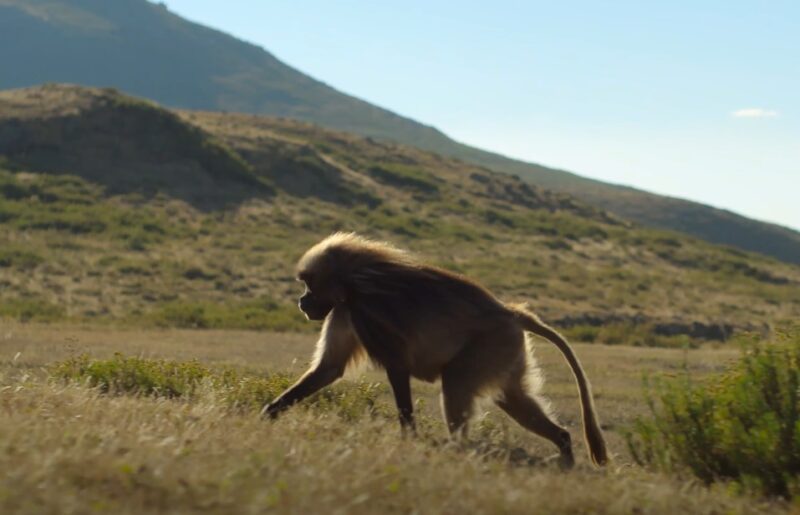
The Simien Mountains in Ethiopia are home to the Gelada monkeys. These primates, often mistaken for baboons, are unique to this region. They are the last of their genus and very interesting to watch.
You can see large troops of Gelada monkeys roaming the highlands. They live in groups that can number in the hundreds. This makes it easy to spot them during your visit.
One of their unique traits is their “bleeding heart” appearance. The Gelada monkeys have a patch of skin on their chest that turns bright red. This is especially noticeable in adult males.
In Simien Mountains National Park, the monkeys are used to humans. This means you can observe them closely without disturbing them. The park is a UNESCO World Heritage Site, recognized for its natural beauty and wildlife.
The Gelada monkeys’ habitat includes steep cliffs and plateaus. They are skilled climbers, using their strong hands and feet to move around. You can often find them lounging near the edge of a cliff, enjoying the stunning views.
Simien Lodge, the highest lodge in Africa, is inside the park. Staying there gives you easy access to see these primates and explore the area at your own pace. You can take short treks from the lodge to view the monkeys up close.
8) Diverse Climate Zones
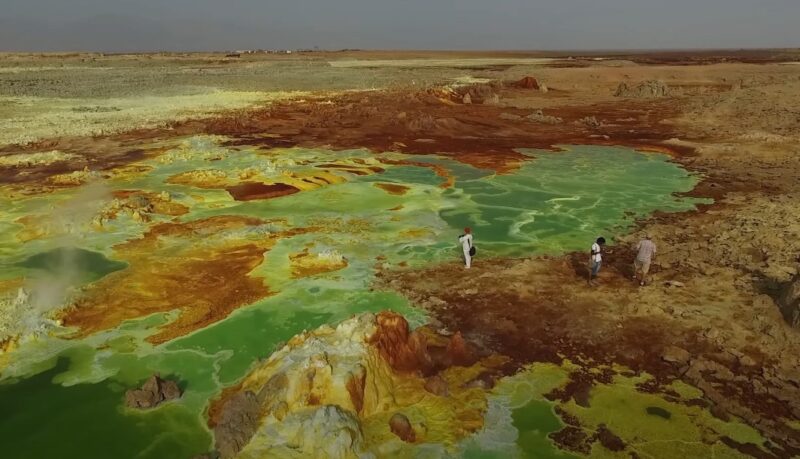
Ethiopia boasts an incredible range of climate zones due to its unique geography and varied elevations.
In the highland regions, you will find cooler temperatures and more rainfall. These areas include places like the Semien and Bale Mountains. Here, the climate is often described as temperate.
The lowland areas, such as those in the northeast, east, and southeast, experience much hotter and drier conditions. These desert regions can see very high temperatures.
The tropical climate zone of Ethiopia covers the western, central, and eastern lowlands. This area is characterized by high temperatures and distinct wet and dry seasons. In these regions, you can expect temperatures ranging from 77°F to 86°F (25°C to 30°C).
Semi-arid regions are found in parts of Ethiopia dominated by savanna landscapes. These areas receive moderate rainfall and have distinct wet and dry seasons.
Deserts in Ethiopia, found in places like the Danakil Depression, are some of the hottest areas on earth. They experience extremely high temperatures and little to no rainfall throughout the year.
Your journey through Ethiopia will expose you to a wide array of weather patterns, making it a country of climatic extremes suitable for everyone.
9) Ethiopian Calendar has 13 Months

The Ethiopian calendar is unlike most others. It consists of 13 months in a year. Twelve of these months have 30 days each.
The 13th month, called Pagume, has five days. In a leap year, Pagume has six days instead.
This calendar system is about seven or eight years behind the Gregorian calendar used in the West.
So, while it might be 2024 elsewhere, it is 2016 or 2017 in Ethiopia. Additionally, this calendar aligns more closely with the Coptic calendar, highlighting Ethiopia’s unique heritage.
Ethiopians also count time differently. The day starts at 6 AM instead of midnight, so their 1 o’clock is 7 AM by the international clock. This unique timekeeping system reflects the rich cultural traditions of Ethiopia.
Understanding the Ethiopian calendar gives you a glimpse into the country’s independence and historical depth. While it may seem unfamiliar at first, it demonstrates Ethiopia’s unique way of marking time.
10) Blue Nile Falls
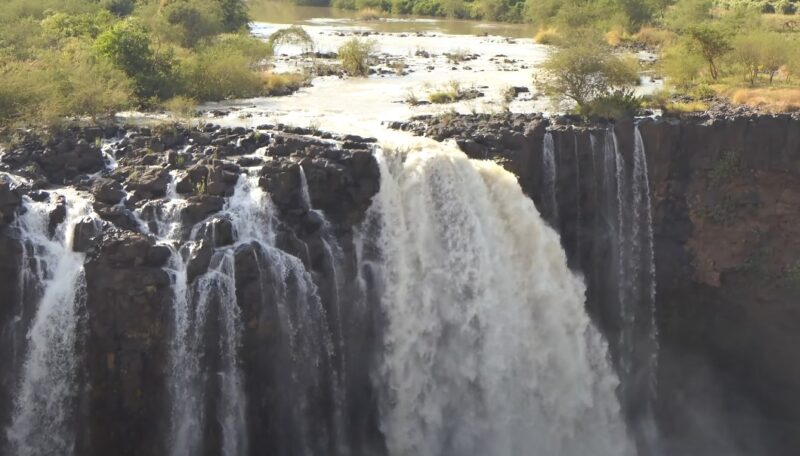
Blue Nile Falls, also known as “The Smoking Water,” is one of Ethiopia’s most breathtaking natural landmarks.
Located on the Blue Nile River, the falls are about 30 kilometers downstream from Bahir Dar and Lake Tana.
The local name for the falls is “Tis Abay,” which means “Great Smoke” in Amharic.
Blue Nile Falls is around 37 to 45 meters high and consists of four separate cascades.
The falls are at their most spectacular during the rainy season, from June to early September.
Even in dry seasons, they are regulated for hydroelectric power but still remain a sight to see.
One of the most powerful waterfalls, the main cascade of Blue Nile Falls has a drop of about 45 meters.
You can explore the surrounding areas via hiking trails, giving you stunning views of the falls from different angles.
These falls are one of the top tourist attractions in Ethiopia, drawing visitors from around the world.
The cascading waters and mist create a natural habitat for various wildlife species, adding to its appeal.
The Bottom Line
Ethiopia is a remarkable country with a rich history and diverse culture. It stands out as one of the few nations never to be colonized.
You can explore its unique calendar, which is different from the Gregorian calendar used in most of the world. This provides a fascinating glimpse into its distinct traditions.
The country is also the birthplace of coffee, a fact that has had a significant impact on global culture and commerce.

